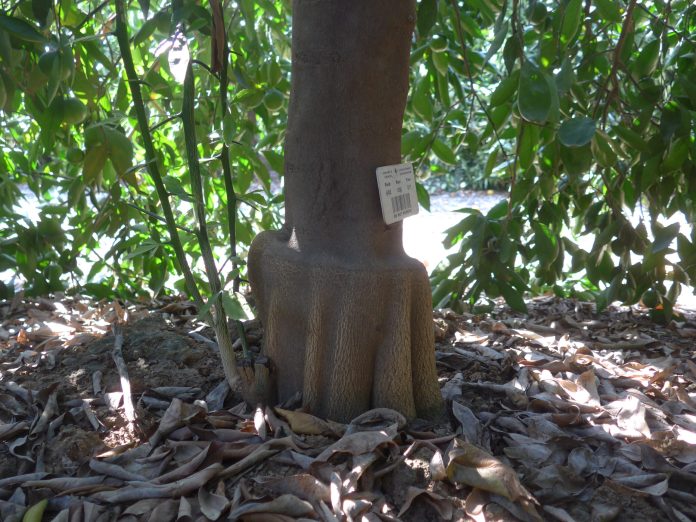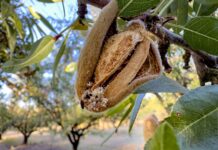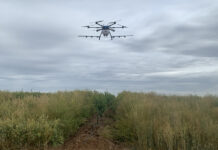

Citrus tree growth, health and productivity are influenced by the rootstock chosen. In a Citrus Research Board webinar, Dr. Mike Roose, professor emeritus of genetics at UC Riverside, outlined the newest challenge for citrus rootstocks: heat and drought tolerance.
Choosing a rootstock involves balancing objectives, strengths and weaknesses. Roose advised choosing a rootstock with characteristics matched to the location and objectives. With an existing planting with a known rootstock, management should be done to avoid known stresses to the rootstock. For example, Phytophthora control may be necessary for many rootstocks. Soil fumigation may be needed if there is low tolerance to nematodes. Spray regimes for Asian citrus psyllid may control aphids that vector Tristeza.
Salinity, calcareous soils and drought pose serious challenges to rootstocks.
Roose noted that there are little comprehensive data on drought resistance of citrus rootstocks and the topic is complex because drought is location specific. Major citrus producing countries have diverse climate, soils vary in water holding capacity and cultural practices such as mulching, irrigation and berms vary widely.
Roose said drought tolerance is a complex trait that is important at different growth stages and involves multiple adaptations. Those can maximize extraction of water from soil while minimizing loss from leaves. Deep roots and altered leaf morphology, including thicker cuticle, narrow leaves and changes in stomata, are also mechanisms that aid in drought tolerance.
Iron chlorosis is a condition that occurs on more alkaline soils (pH 7.5 to 8.5) because availability of iron is reduced. Water with higher pH can also enhance soil problems. A typical iron chlorosis symptom in citrus is interveinal chlorosis. A trial of Tango rootstocks from 2010 to 2020 showed differences in tolerance among five different rootstocks. Pomeroy trifoliate and Rich 16-6 had high tree losses while trees on Swingle, Carrizo, c35 and Volk had few chlorosis symptoms.
Roose said citrus rootstocks differ in tolerance to salinity and to specific ions present. Citrus shows yield decline when soil salinity reaches 1.7 dS/m with about 16 percent yield loss per additional 1 dS/m. If soil salinity is 4 dS/m, then 2 .0 inches of water per foot of rootzone are required to reduce salinity to 1.5 dS/m.
High transpiration increases the uptake of chlorine and other ions from soil. Leaf chlorosis levels are inversely related to water use efficiency and membrane transporters are involved in Cl uptake. Overall tree tolerance is also influenced by the scion.
Rootstock choice can also affect tree vigor in the absence of diseases, soil and water stresses, climate, compatibility with scion and genetics when zygotic seedlings are used as rootstocks.




















